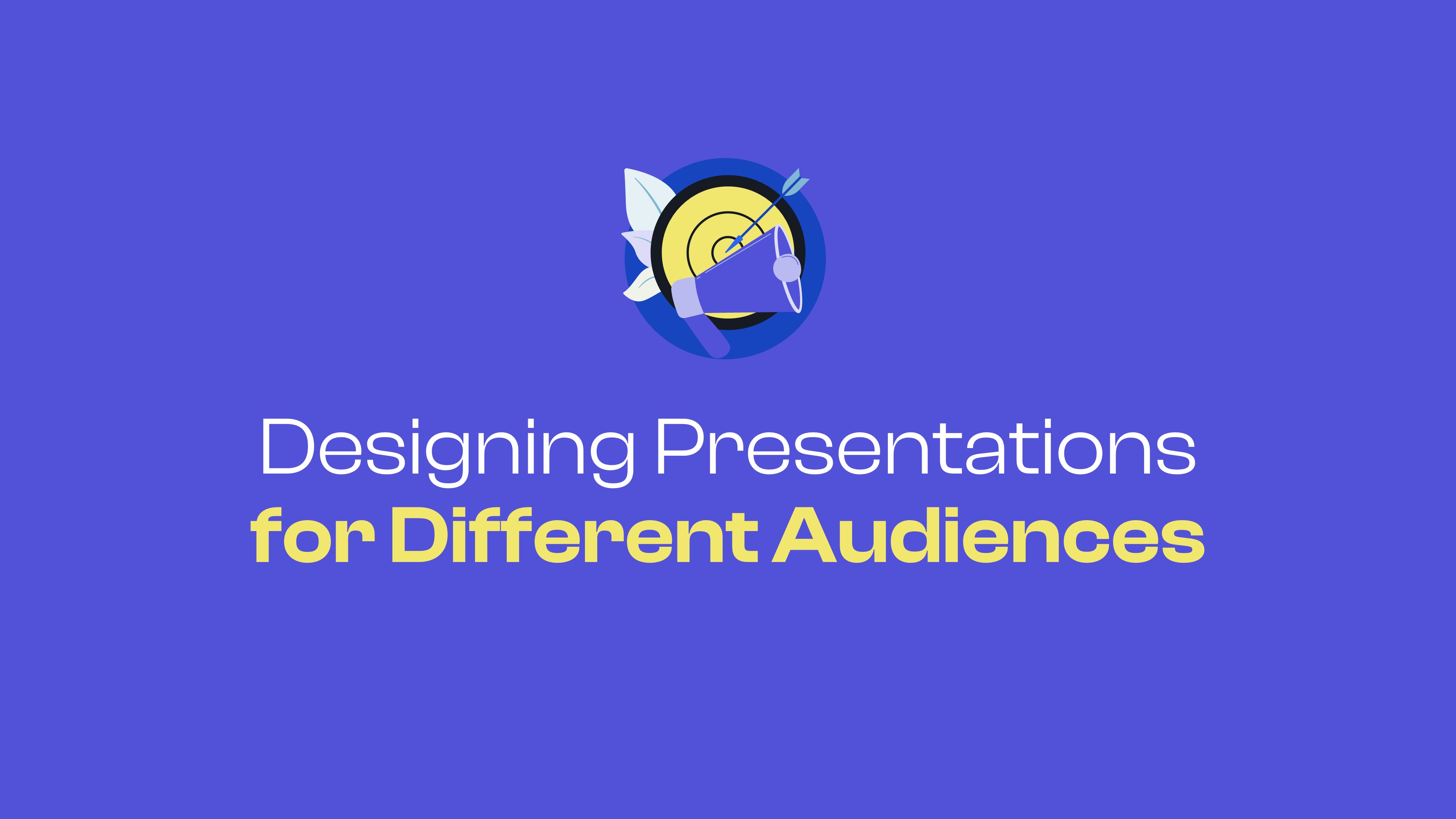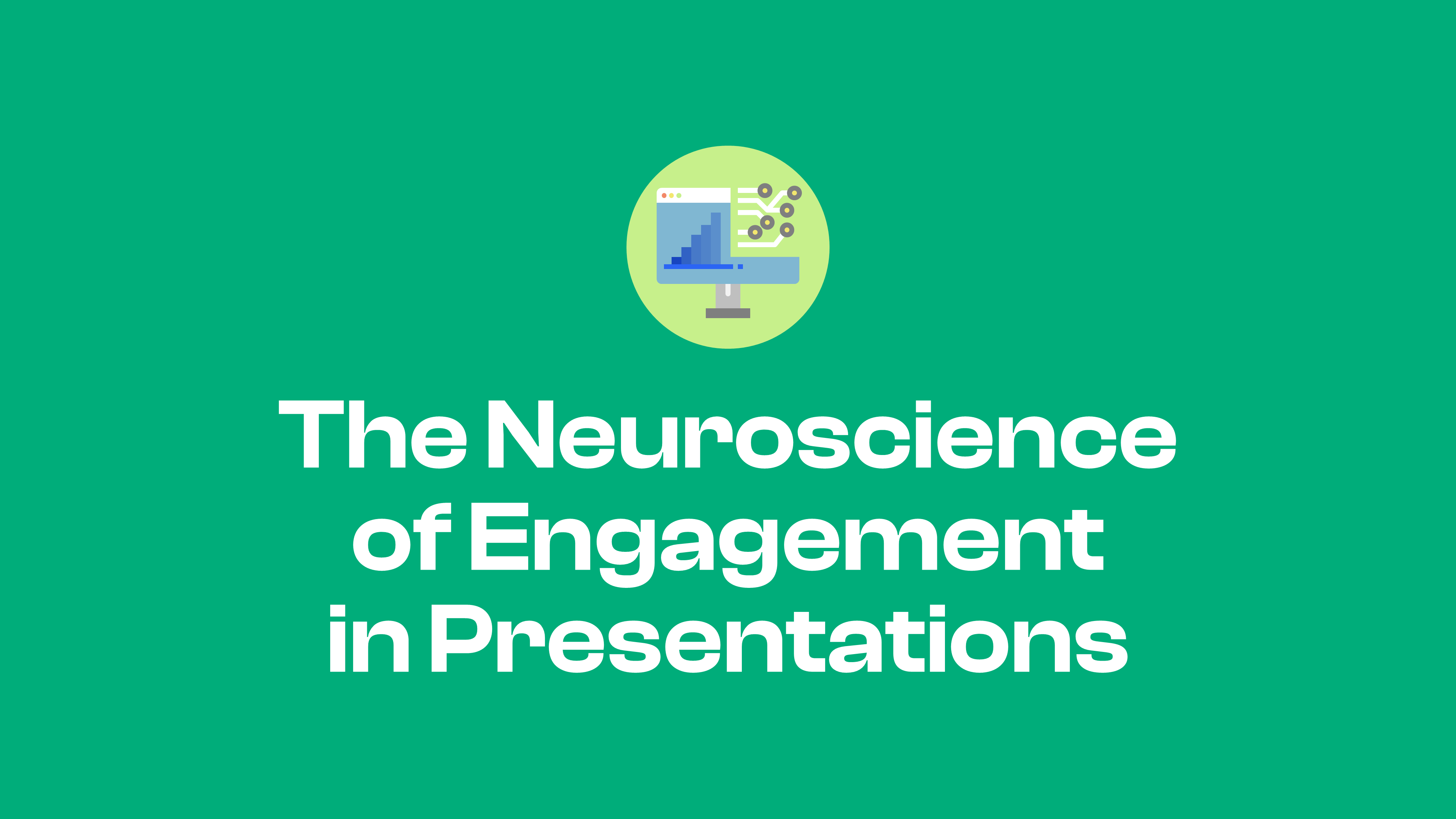Designing Presentations for Different Audiences
2 minutes

Introduction:
Crafting presentations that resonate with different audiences requires a deep understanding of their unique needs, preferences, and knowledge levels. Tailoring your presentation to connect with various demographics can significantly enhance its engagement and effectiveness. Let's explore strategies for crafting presentations that resonate with diverse audiences.
1. Conduct Thorough Audience Analysis:
Research your audience extensively to understand their specific needs, preferences, and familiarity with the topic. Tailor your content to address their particular interests and concerns. Audience insight enables you to craft a presentation that's both relevant and compelling, increasing the likelihood of achieving your communication goals.
2. Adapt Your Language:
Adjust your language to match the expertise and familiarity level of your audience. Avoid jargon and technical terms when presenting to a general audience. Employ clear, accessible language to ensure your message resonates with all audience members, regardless of their background or expertise.
3. Customize Visual Elements:
Utilize visuals that resonate with your specific audience. Consider cultural nuances, preferences, and sensitivities when selecting images and graphics. Tailored visual elements enhance audience connection and presentation impact, making your content more memorable and relatable.
4. Calibrate Content Depth:
Adjust the level of detail based on your audience's existing knowledge. Simplify content for novices and provide in-depth information for experts. Calibrating content depth ensures accessibility and engagement across diverse knowledge levels, keeping all audience members interested and involved.
5. Incorporate Relevant Examples:
Utilize examples and case studies that your audience can easily relate to. Pertinent examples transform abstract concepts into relatable, concrete ideas. Choose illustrations that align with your audience's experiences and interests, making your content more tangible and applicable to their context.
Conclusion:
Designing presentations for diverse audiences involves conducting thorough audience analysis, adapting your language, customizing visual elements, calibrating content depth, and incorporating relevant examples. By tailoring your presentation to resonate with various demographics, you ensure your message is both effective and engaging. Implement these audience-centric design strategies to create presentations that not only connect with different audiences but also leave a lasting, impactful impression.
Share our post



